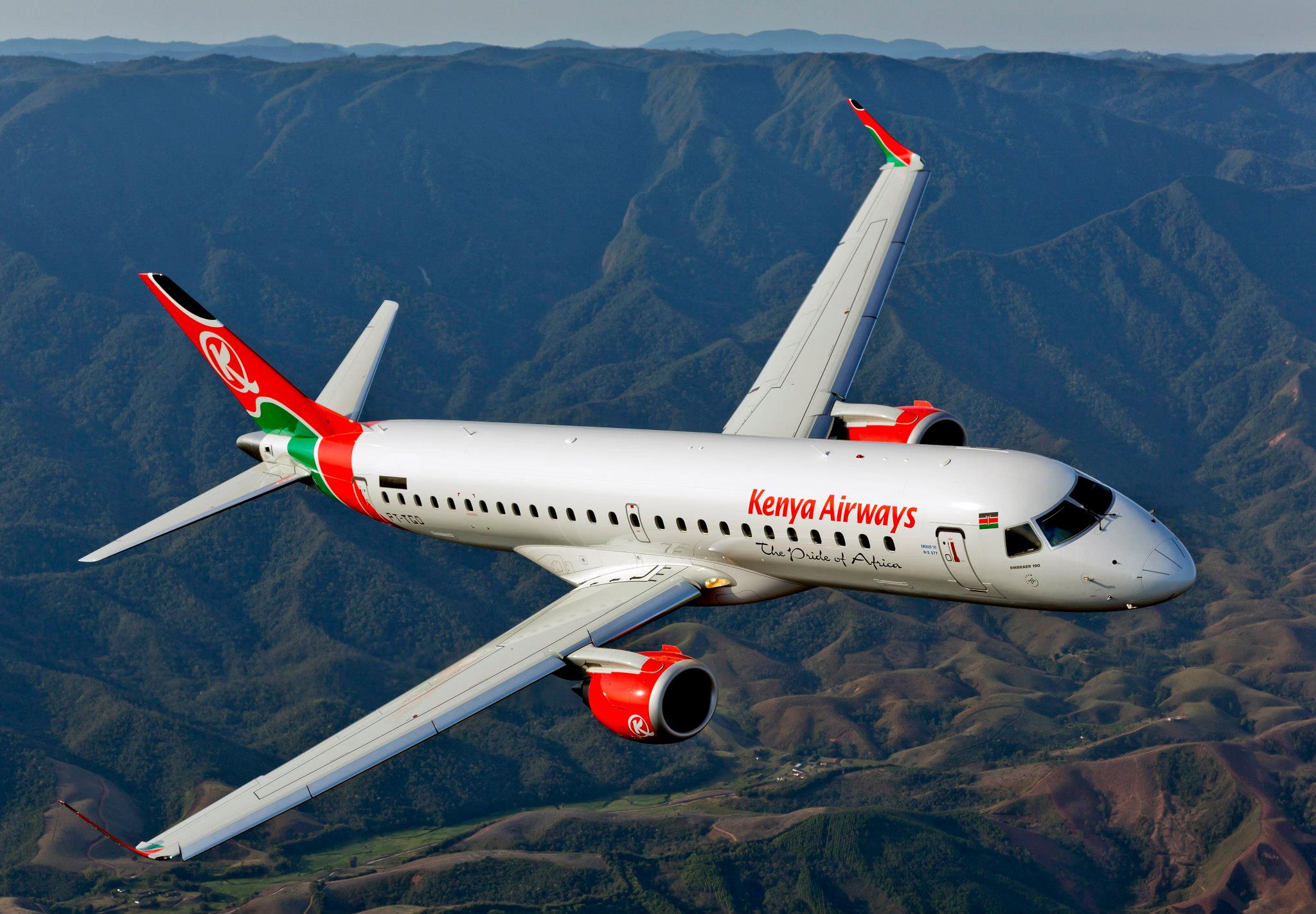
1933496 294095340695970 1906843470 o
The management of Kenya’s national carrier, Kenya Airways, has commenced a series of pay cuts in order to stay afloat. The move has become imperative as the company has not received any of the bailout funds promised to it a full month after the country’s supplementary budget was announced. Kenya Airways reinstates pay cuts as bailout is delayed.
The pay cuts would see the company revert to similar reductions seen last year until full payment of salaries was restored on December 21, 2021. A delay by the government to disburse the Sh20 billion ($182 million) bailout package to Kenya Airways has forced the national carrier back to pay cuts.
Kenya Airways CEO, Allan Kilavuka, said that the money has not hit its account a month since it was allocated in the supplementary budget by the Treasury for the financial year 2021/22. This has forced the airline to slice the workers’ pay in cash preservation efforts with the promise of settling the deducted pay once the Treasury wires the bailout billions.
The East African nation had resumed full payment of workers’ salaries in December 2021 after a protracted battle with the pilots’ union. The union has been demanding the reinstatement of their salaries to 100 percent, saying that the airline had started recovering from the Covid-19 disruptions.
Besides salaries, the national carrier needs the money to settle utility bills such as security, maintenance of grounded planes, electricity and parking as well ease the effects of the virus that has obliterated global travel. In February, it saved millions by revising the terms of aircraft lease contracts.
Kilavuka said the carrier will revert to reducing workers’ pay at rates effected in November: “We are still constrained financially and in the interest of prioritizing staff salaries, the February 2022 salaries will be paid in percentages similar to the percentage paid in November 2021. We will owe the percentage not paid which the company will pay when we receive the funding from the government,” Kilavuka said in a recent memo to Kenya Airways staff.
He added: “As I advised, we are yet to receive the disbursement of funds intended to support the company to strengthen its cash flow, support operations, and speed up the reforms in the airline.”
Huge risk
Without state aid, the airline risks running out of money in the near future against the background of unease among banks about lending to African carriers. The bailout comes as the government dropped the nationalization plan, which was approved by lawmakers in July 2019 and would have led to the delisting of the airline from the Nairobi Securities Exchange (NSE).
Kenya wanted to emulate countries like Ethiopia which run air transport assets under a single company, using funds from the more profitable parts to support others. Now, the state is keen on pushing for the restructuring of the national carrier on the back of the multi-billion shilling bailout. Kenya Airways would be required to reduce its network, operate a smaller fleet, and possibly lay off more staff under the bailout terms.
Its full net loss for the financial year ended December 2020 nearly tripled to Sh36.2 billion, the worst ever in the history of the airline, on account of Covid-19 disruptions that led to a sharp decline in passenger numbers. But the carrier has continued to record improved business since it resumed international flights in August last year. Demand for air travel has slightly improved, which has seen the carrier increase its frequencies on routes like London. Kenya has yet to present its full 2021 results.
Last December, the carrier said it would be unable to pay pilots their full salaries despite an improvement in the airline’s performance following a period of devastation by the Covid-19 pandemic. The Kenya Airline Pilots Association had written to the KQ management demanding full payment of their salaries and allowances that were cut to help the carrier pull through the coronavirus turbulence. All employees’ salaries were reduced since April before the salaries were normalized.
Views: 2



